1 in 10 women suffer from polycystic ovarian syndrome, yet its fundamental workings remain largely unknown.
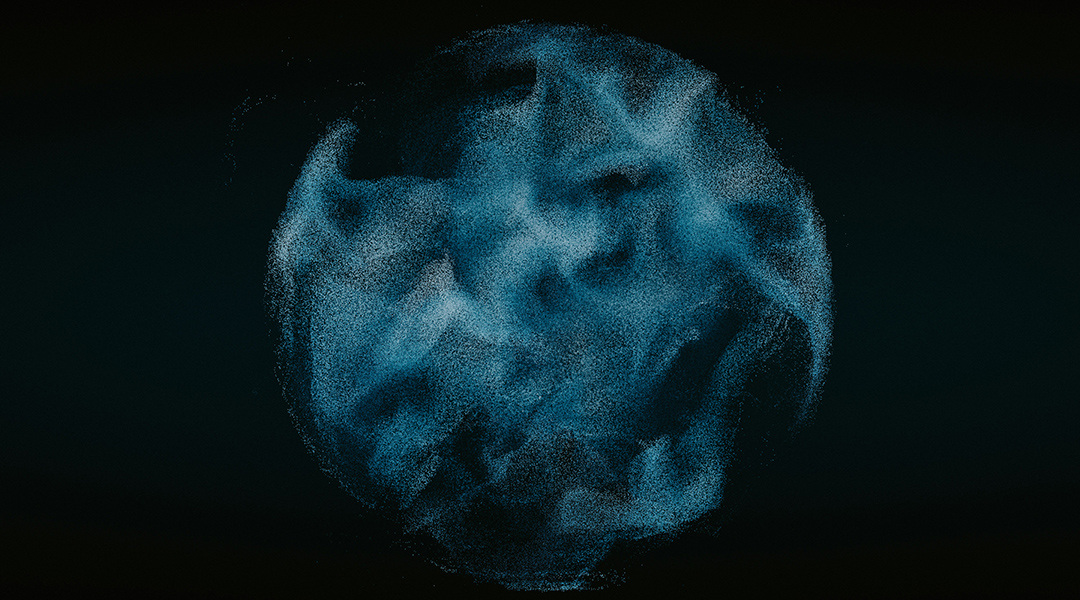

1 in 10 women suffer from polycystic ovarian syndrome, yet its fundamental workings remain largely unknown.
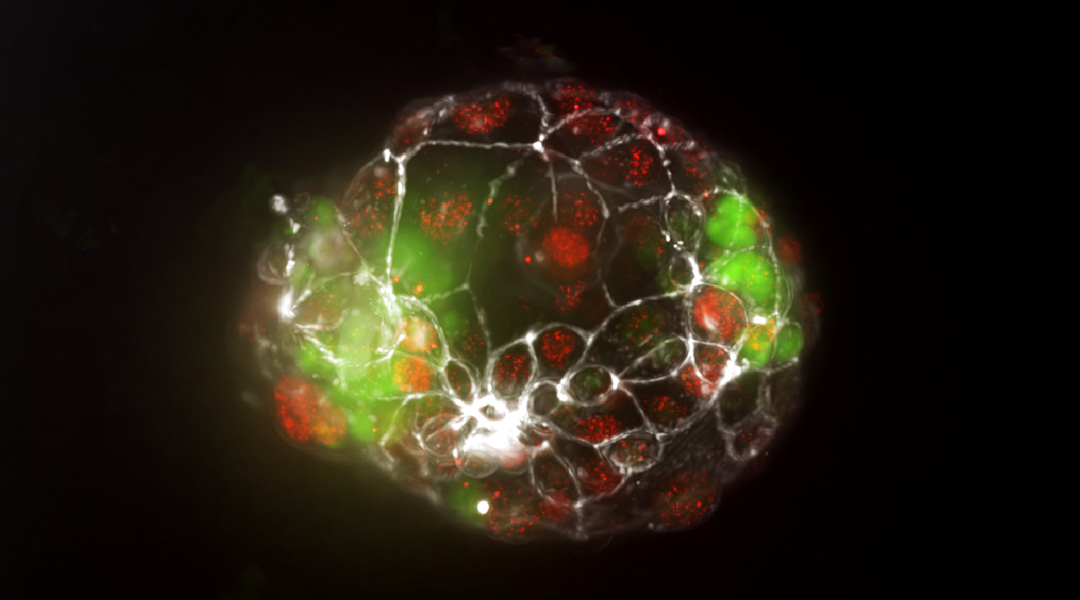
A new organ-on-a-chip model allows researchers to study the splitting of the embryo during pregnancy for the first time.

Scientists uncover a surprising link between hyperbolic metamaterials and gravity, revealing that light behaves similarly in both realms.
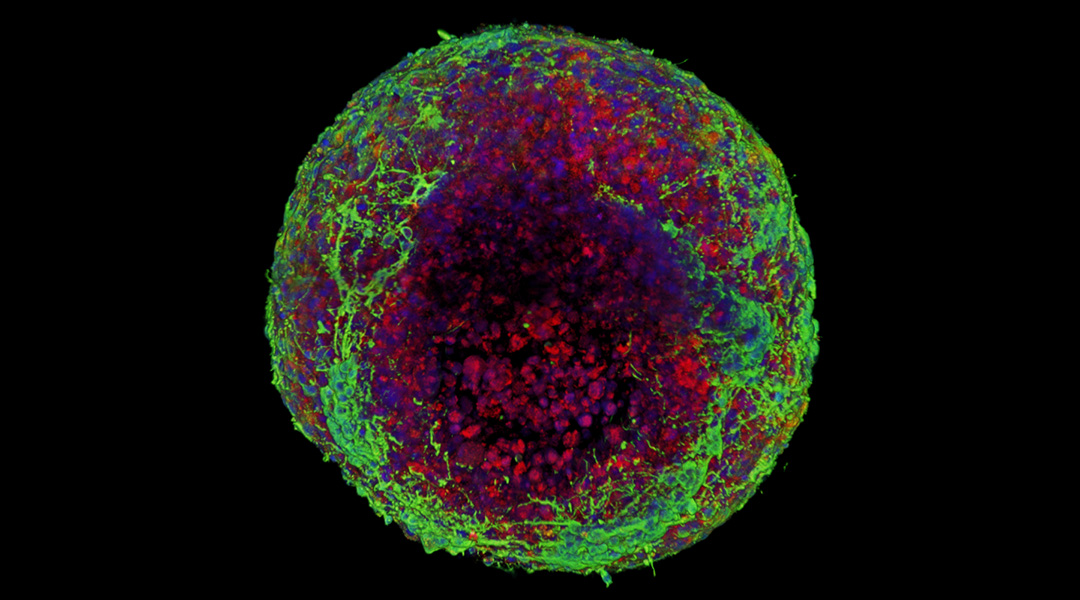
Growing brain tissue requires capturing the realistic “squishiness” and cohesion between cells, but how each cell type contributes has been a mystery.
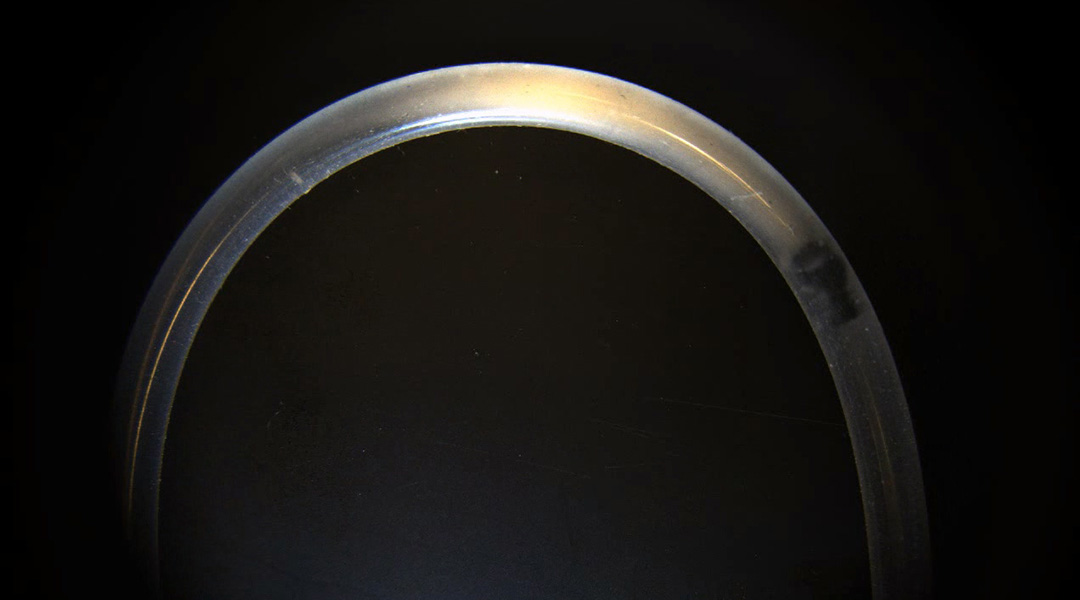
Magnetic hydrogel micromachines break up biofilms and release antibiotics, combating biofilm infections associated with medical devices.
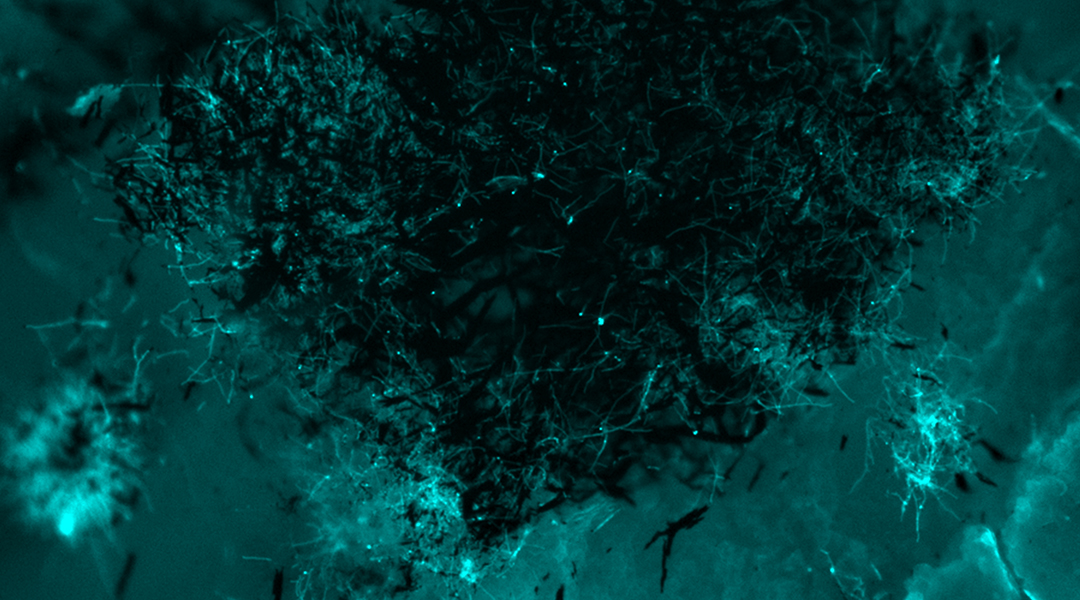
To curb the rising threat of fungal infections, researchers crafted iron oxide nanoparticles as speedy, effective, and inexpensive antifungal agents.
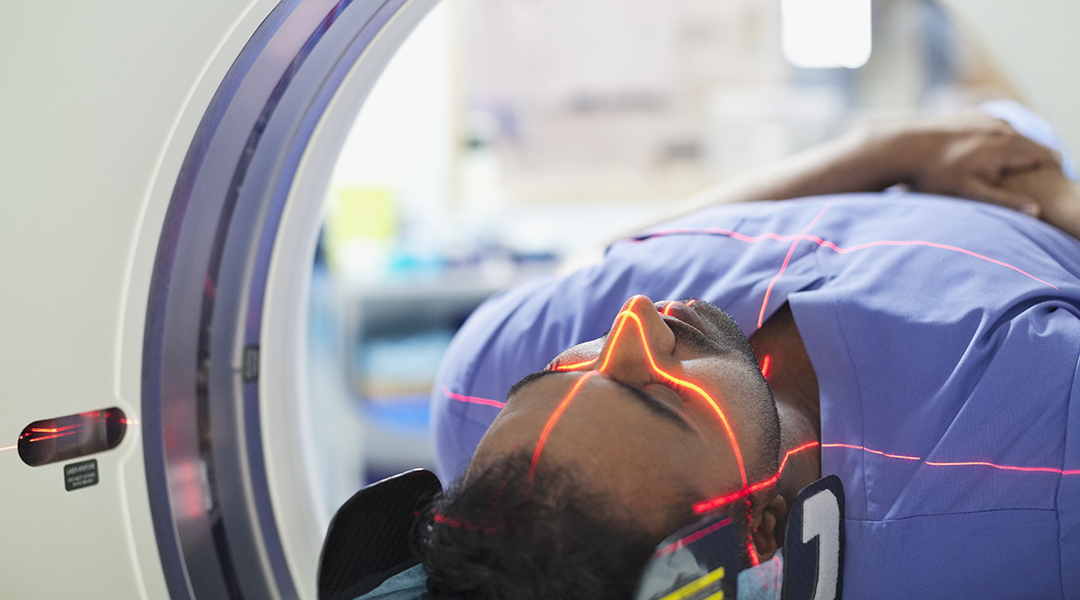
While stem cell therapies have been touted as “miracle cures”, data indicates that there are still hurdles keeping them out of the clinic.

Specially designed microrobots could help clean plastic waste from water systems.
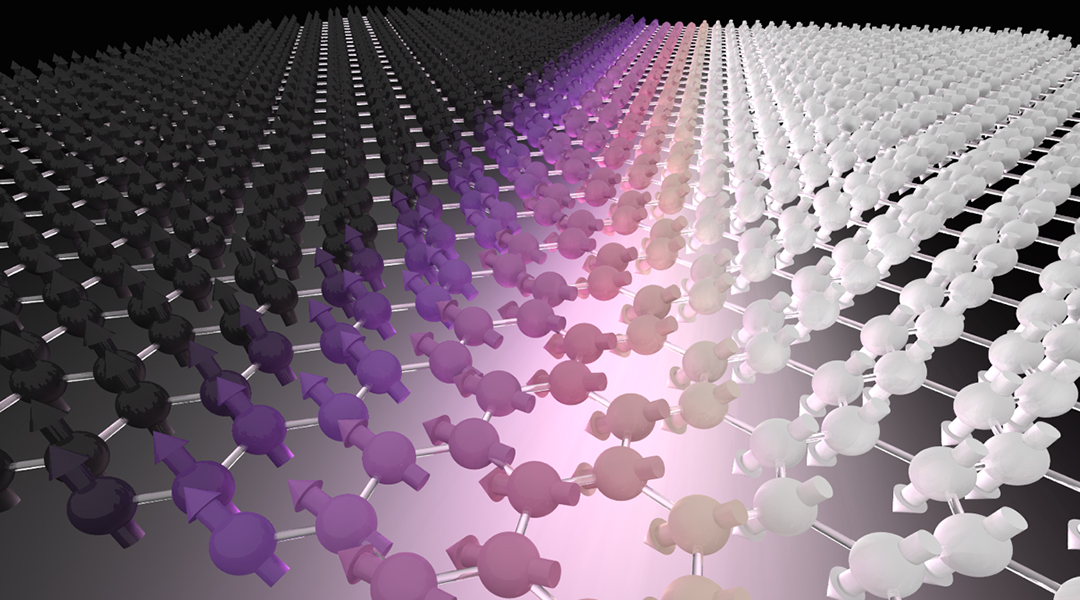
Using theoretical and experimental analysis, researchers aim to better understand the novel and intriguing magnetic properties of 2D materials for the next generation of information technologies.
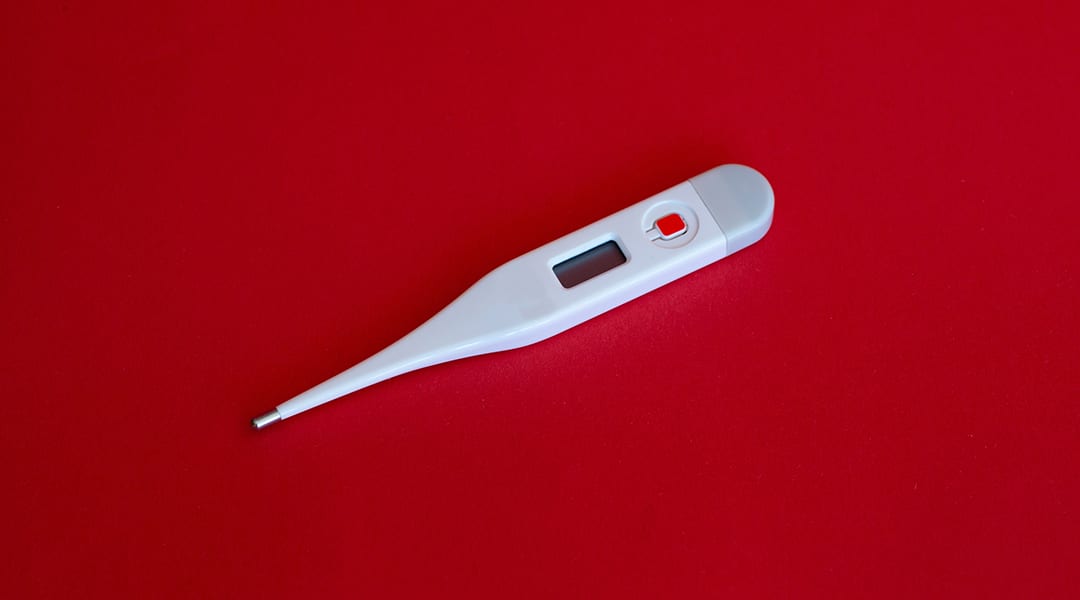
Models that can predict and help us to understand the body’s thermal state could help optimize temperature management strategies in a clinical setting.